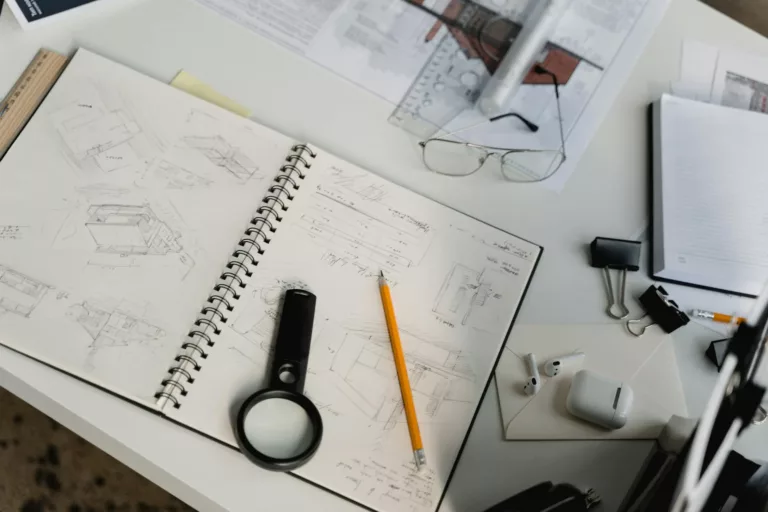
The design process can be a whirlwind of ideas and challenges. Clients and new designers alike often grapple with finding a clear direction – that’s where the concept comes in. The ever-present question, “What’s your concept?” ignites the heart of the design journey.
This article dives into architectural concepts and how they seamlessly integrate with the design process. A concept is more than just an abstract idea; it’s a guiding principle, an approach that shapes the entire design and its development.
Concept: A Dynamic Force
We often envision an architectural concept as a static notion, fixed throughout the design. However, a concept is a dynamic entity, evolving and adapting as the design takes shape. It’s the designer’s response to the unique challenge presented by the project brief, translating the abstract design problem into a tangible built environment.
Guiding Forces for Concept Development
Several key areas inform the concept during the initial design stages. These areas can be revisited throughout the project, fostering a rich and cohesive design solution:
– Functional Focus: Should functionality reign supreme? Certain building types prioritize function over aesthetics. Homes, for example, have specific functional requirements, while hotels need to be designed for efficient use.
– Material Matters: Focusing on a specific material can influence construction methods and create a unique aesthetic. Material selection might be driven by the site context. Using local vernacular materials fosters a sense of place, environmental responsibility, and community connection.
– Context is King: A contextual approach emphasizes the surrounding environment, historical features, and the people who inhabit the space. Every design should consider its context, but some projects may prioritize a contextual response above all else.
– Conceptual Exploration: A conceptual approach revolves around a central, driving idea. This “thought experiment” form of architecture prioritizes exploration over built reality. Conceptual designs might never be built but serve as a catalyst for innovation.
– Formal Language: This approach draws inspiration from historical architectural styles and their formal languages. Classical orders, for instance, offer a foundation for exploring proportion, scale, and form in design.
From Concept to Design Solution
As you explore these factors, your design concept will solidify, incorporating your values and creative solutions. This newfound clarity will empower you to present your design with confidence.
Additional Tips:
– Research is Key: Immerse yourself in relevant case studies to understand how successful projects have addressed similar challenges.
– Sketch It Out: Don’t underestimate the power of sketching. It’s a fantastic way to generate and refine ideas.
– Embrace Iteration: Concepts evolve. Don’t be afraid to revisit and refine your concept as your design progresses.
By understanding the power of architectural concepts and these helpful tips, you’ll be well on your way to developing strong, well-defined design solutions.
